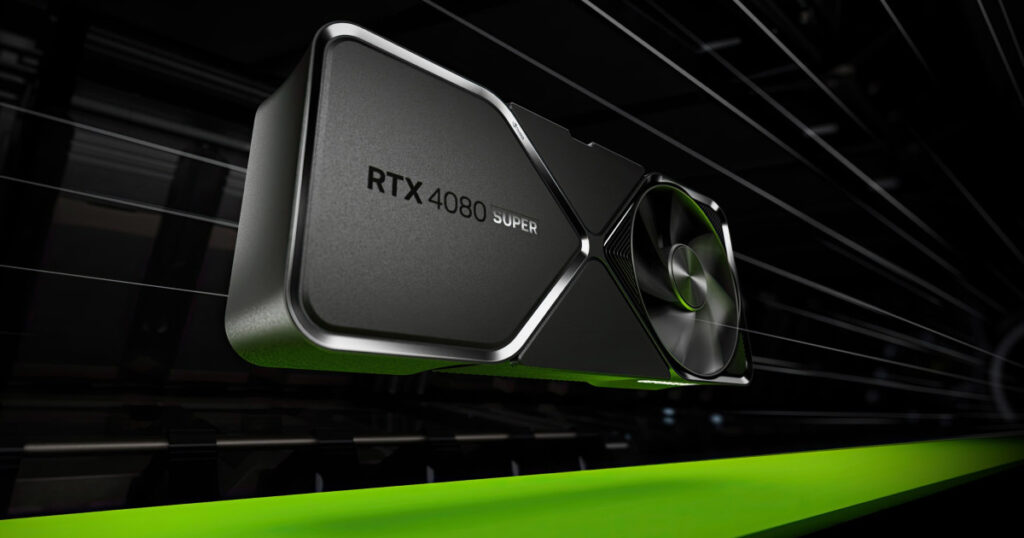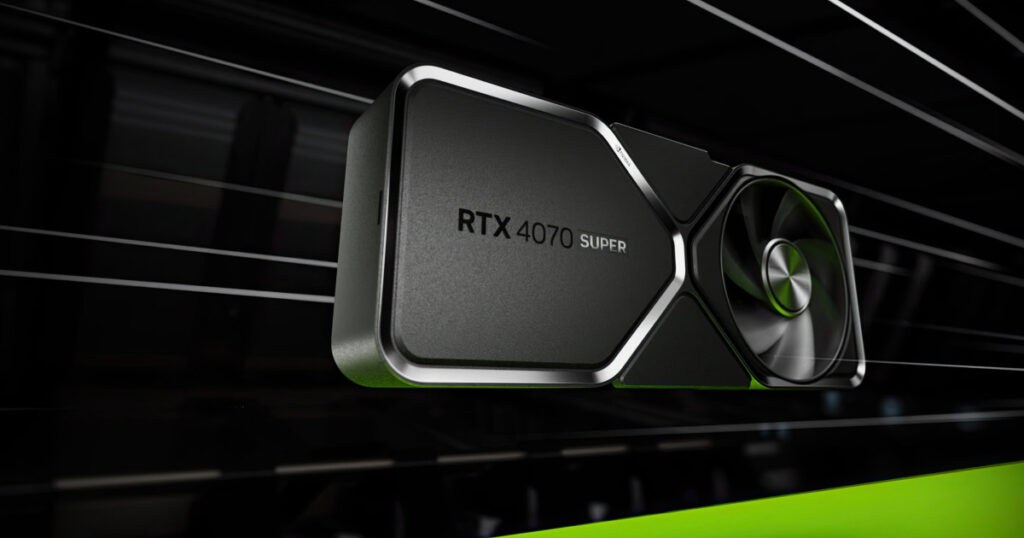Even though Wi-Fi 6 is still relatively new, there’s a Wi-Fi 6e revision and Wi-Fi 7 somewhere in the future.
Next-gen WiFi showdown: WiFi 6 vs WiFi 6e vs WiFi 7
There are many forms of Wi-Fi. Wi-Fi calling. Fon Wi-Fi. And all forms of Wi-Fi can benefit from a straightforward Wi-Fi speed test. Whatever you’re using Wi-Fi for, it’s a handy wire-free way to connect to the internet.
And while Wi-Fi may not be short for ‘wireless fidelity’ as it is commonly and erroneously believed, it is everyday shorthand for wireless connectivity. And while Wi-Fi 5 is still the norm—a wireless standard that was first released way back in 2014—Wi-Fi 6 and its Wi-Fi 6e revision were released in 2019. Scarier still, Wi-Fi 7 isn’t too far off, either.
Let’s take a look at how all of these Wi-Fi versions compare.
Wi-Fi 5 vs Wi-Fi 6
Before we get too far into the meat and potatoes of this Wi-Fi comparison, let’s start with the dominant form of Wi-Fi.
Wi-Fi 5 may be long in the tooth, but it’s still the wireless standard that most everyday devices and networking equipment supports. It’s important to note that in order to use the latest Wi-Fi generations, you need to have compatible devices and networking equipment.
While it’s a user-friendly touch that Wi-Fi generations are backwards compatible—meaning Wi-Fi 6 routers can still work with Wi-Fi 5 devices (and below)—the ideal pairing is a latest-version Wi-Fi router or modem-router and a latest-version Wi-Fi device. For example, you’ll get the best speeds out of a Wi-Fi 6 smartphone connected to a Wi-Fi 6 router or modem-router.
With the theory out of the way, Wi-Fi 5 shows its age in terms of speeds, capable of maximum shared speeds between 433Mbps and up to 6.9Gbps. Wi-Fi 6 on the other hand, has speeds that start at 600Mbps and can reach up to 9.6Gbps. While it’s unlikely you’ll ever see these top-end speeds in real-world use-cases, the extra Wi-Fi bandwidth does tend to lead to better overall speeds for your wireless devices.
The other main perk of Wi-Fi 6 over Wi-Fi 5 is it allows for a lot more simultaneous connections, which makes it as handy an upgrade for public Wi-Fi as it is for smart homes with stacks of connected devices.
It’s a lot easier and cheaper to opt for a Wi-Fi 5 router and Wi-Fi 5 devices than Wi-Fi 6 routers and devices, but it’s worth investing in Wi-Fi 6 gear now to tap into potential speed benefits. If you’re in a home that uses NBN 250, NBN 500 or NBN 1000 connection speeds (or any equivalent form of internet), you should absolutely upgrade to Wi-Fi 6 networking equipment and devices to reap the full-speed wireless benefits.
Wi-Fi 6 vs Wi-Fi 6e
There’s really only one big difference between Wi-Fi 6 and Wi-Fi 6e. While Wi-Fi 6 uses the familiar 2.4GHz and 5GHz bands, Wi-Fi 6e can use the newer 6GHz band. For a while there, it was uncertain whether Australia would get to use Wi-Fi 6e because the 6GHz band was unlicensed. Now that approval has come through, Wi-Fi 6e-certified devices are free to be sold and used in Australia.
There is a catch, though. While the older 2.4GHz band is slower than the newer 5GHz band, it has a greater reach: roughly 30 metres compared to the 10 metres of 5GHz. Because 6GHz operates at an even higher frequency than 5GHz, Wi-Fi 6e devices may receive faster speeds within about eight metres of a Wi-Fi 6e router, but speeds will drop off after that. Also expect more of a speed impact for any object that the signal passes through, including walls, floors and ceilings.
As noted by Cybershack, the Australian Communications and Media Authority (ACMA) has approved a lower end of the 6GHz band compared to the US: 500MHz vs 700MHz. The ACMA has also limited the Wi-Fi 6e transmission strength to stop it from extending outside the home.
While Wi-Fi 6 routers are relatively commonplace these days, Wi-Fi 6e routers are still newer and harder to find.
Wi-Fi 6 vs Wi-Fi 7
Even early adopters keen to upgrade to Wi-Fi 7 should cool their jets because the wireless standard isn’t quite ready yet. In fact, you’ll likely have to wait until at least 2024 for a Wi-Fi 7 release date. Still, that hasn’t stopped the upcoming new Wi-Fi on the block from spruiking its speed potential.
Wi-Fi 7 is expected to hit speeds of up to 2.4Gbps per stream, which is double the 1.2Gbps on offer from Wi-Fi 6 and Wi-Fi 6e networking gear. It will also support one more operating channel (320MHz) as well as 2.4GHz, 5GHz and 6GHz Wi-Fi bands.
For an at-a-glance breakdown of all Wi-Fi standards to date, check out the table below:
Which Wi-Fi is best for me?
While we’re all for future-proofing tech, the reality is that a lot of homes can still get by on Wi-Fi 5 networking equipment. That’s because most homes in Australia can reach max download speeds of 100Mbps, which means the extra speed potential of a Wi-Fi 6 (or above) router or modem-router isn’t really necessary right now.
Couple that with the reality that local Wi-Fi 6 (and beyond) are only attainable with Wi-Fi 6-capable devices, and it’s less of an essential upgrade and more of a ‘nice to have’.
That said, if you’re in the habit of upgrading your devices every two to three years—particularly smartphones, tablets and laptops—you’re bound to start accumulating Wi-Fi 6 devices. These newer devices won’t reach full local-transfer speed potential with a Wi-Fi 5 router or modem-router.
Additionally, homes with Hybrid Fibre Coaxial (HFC) or Fibre-to-the-Premises (FTTP) with connection speeds above 100Mbps should consider upgrading their routers and devices to take advantage of the speed benefits. The other exception is if you’re in a home that has a lot of wireless devices; a Wi-Fi 6 router or modem-router is better at handling more local device connections than a Wi-Fi 5 networking device.
Related Articles




